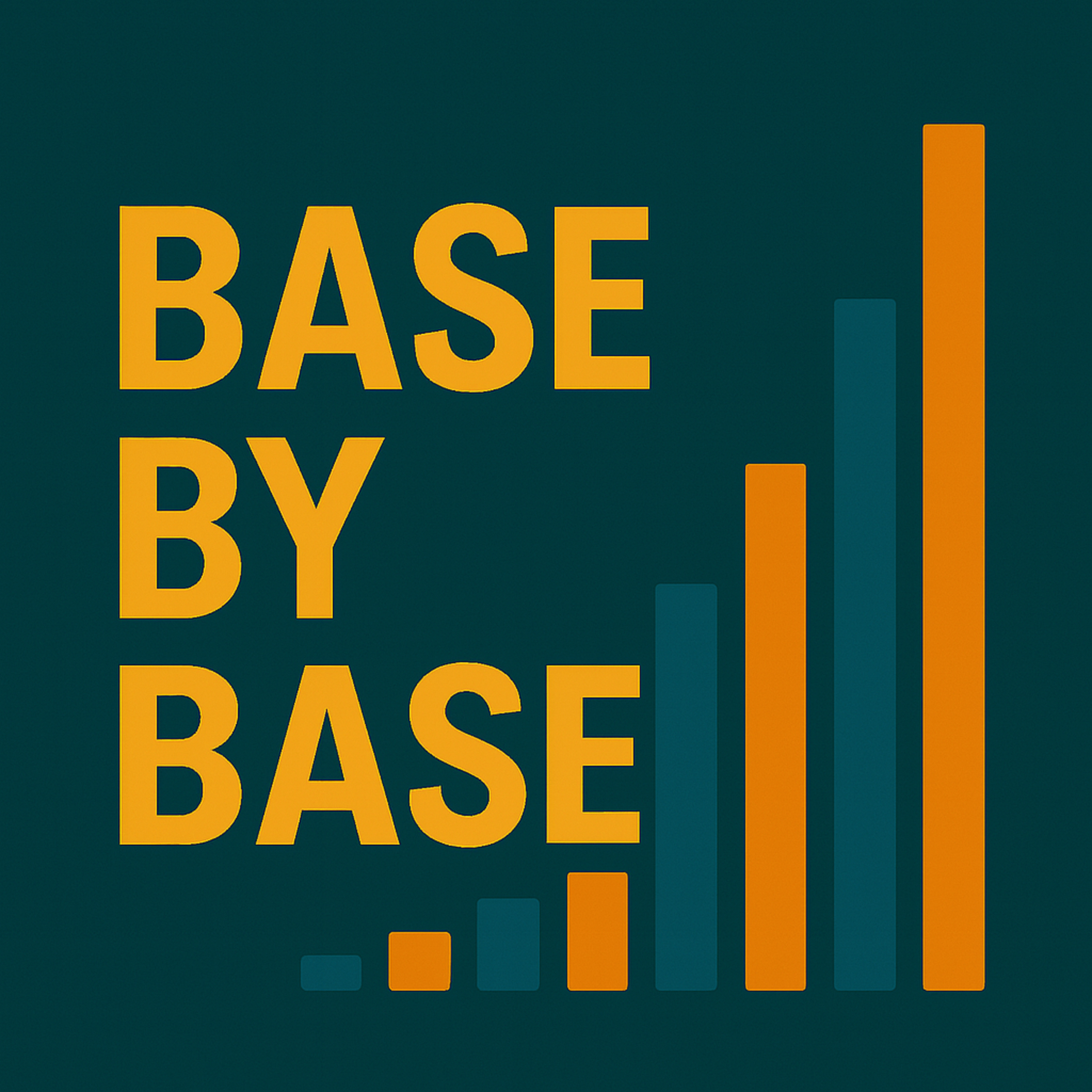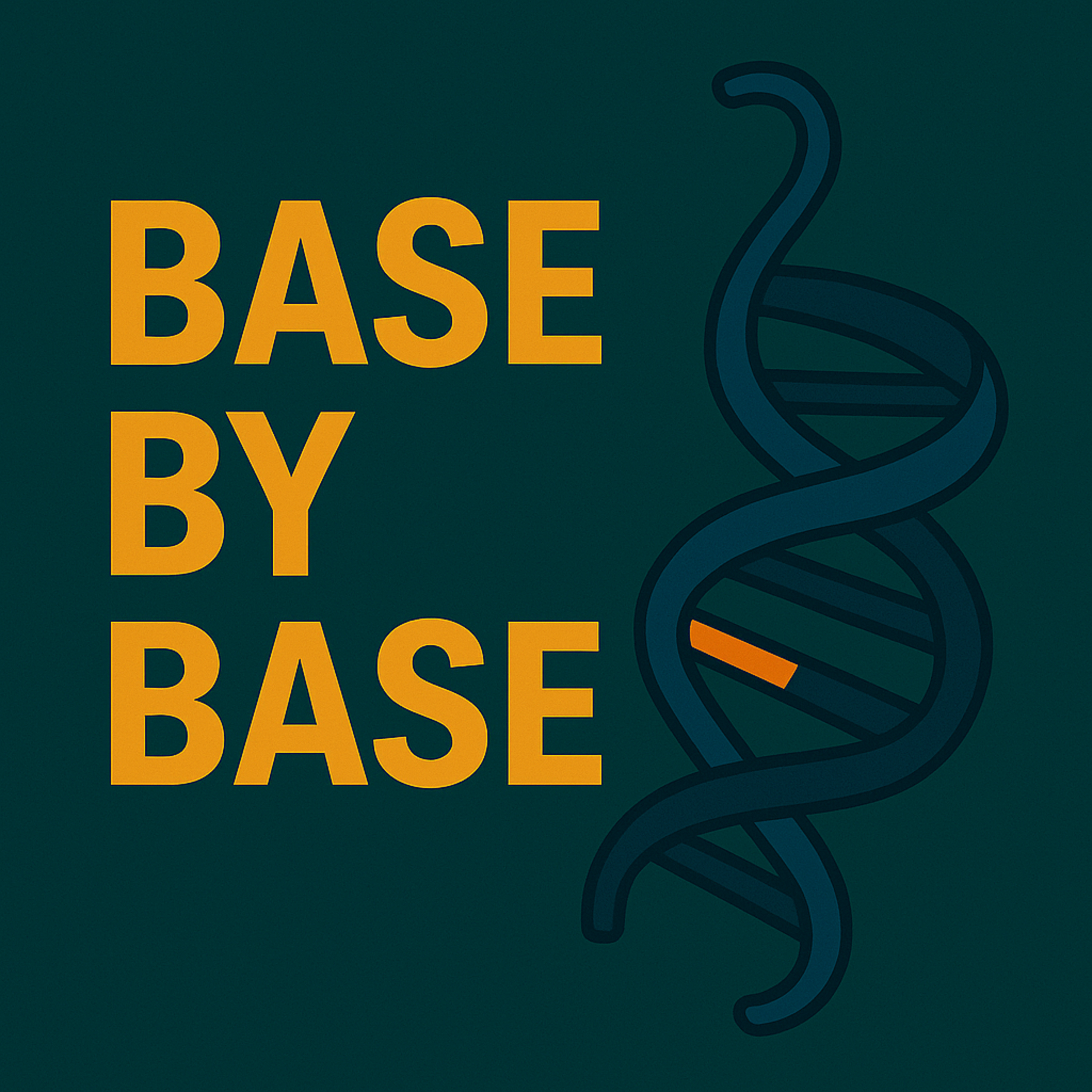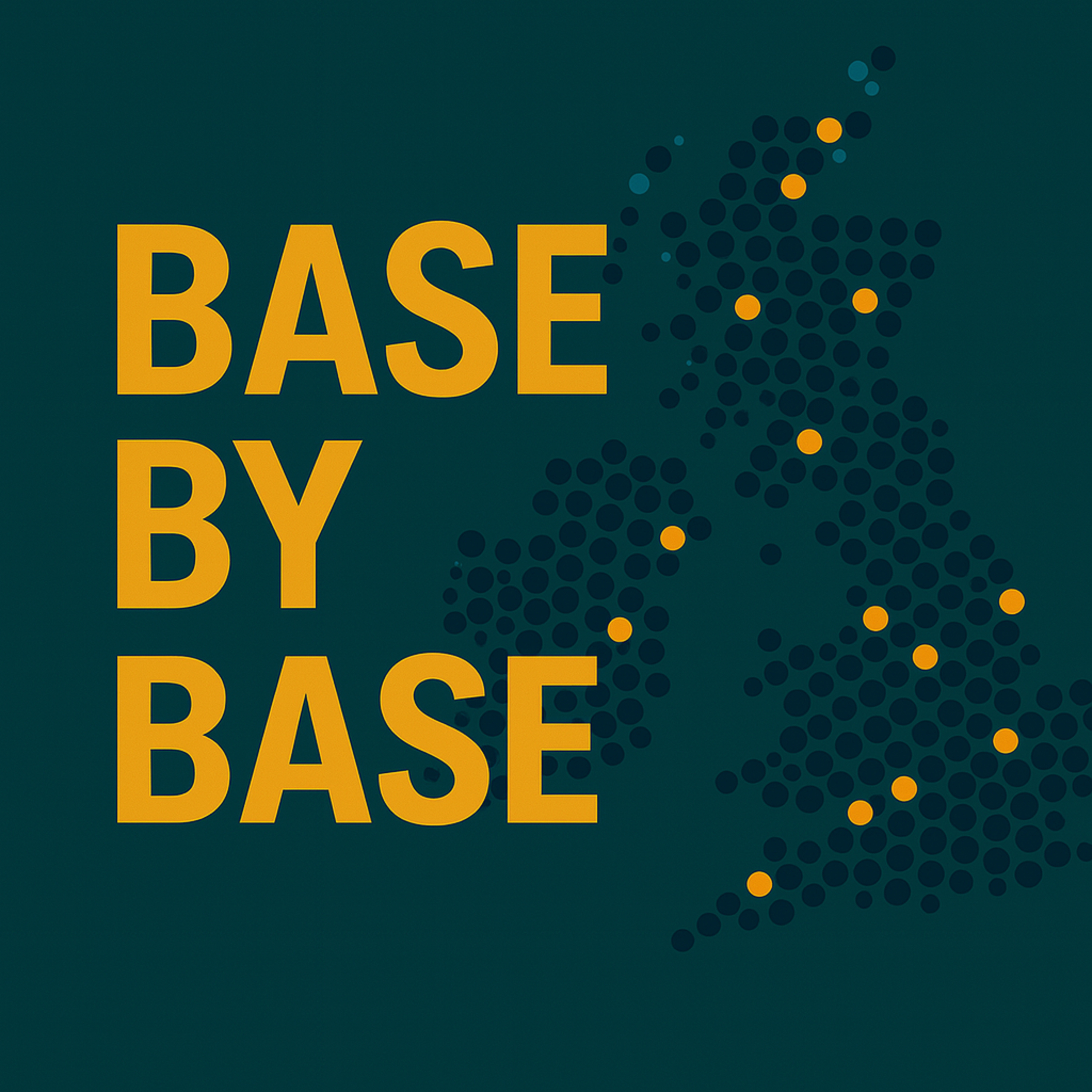Show Notes
️ Episode 7: Filtering with Precision: How High-Resolution Variant Frequencies Enhance Clinical Genome Interpretation
In this episode of Base by Base, we explore a landmark study published in Genetics in Medicine that presents a statistical framework for leveraging large-scale population databases to improve the interpretation of rare genetic variants in clinical genomics.
Led by Whiffin and colleagues, the 2017 study proposes a method to set disease-specific allele frequency thresholds based on prevalence, penetrance, and genetic architecture—moving beyond arbitrary cutoffs and offering a robust tool for variant filtering in Mendelian disease diagnosis.
Key insights include:
Statistical framework defines the maximum credible allele frequency for pathogenic variants based on disease parameters, accounting for sampling variance.
Application to ExAC: Precomputed "filtering allele frequencies" for millions of variants using the Exome Aggregation Consortium (ExAC) dataset, enabling clinicians to filter out variants that are "too common" to cause a specific disease.
Validation in hypertrophic cardiomyopathy (HCM): The approach correctly retains nearly all known pathogenic variants while removing about two-thirds of candidate variants.
Extension to recessive diseases and rare disorders, with flexible adaptation to different inheritance patterns.
Public tools and resources: Online calculators and downloadable datasets to facilitate the adoption of this filtering framework in research and diagnostics.
This episode highlights how a more rigorous, disease-informed approach to variant frequency analysis can dramatically improve the specificity of clinical genome interpretation—enhancing our ability to distinguish pathogenic mutations from benign variation.
Reference:
Whiffin, N., Minikel, E., Walsh, R., et al. (2017). Using high-resolution variant frequencies to empower clinical genome interpretation. Genetics in Medicine, 19(10), 1151–1158. https://doi.org/10.1038/gim.2017.26
License: This content is distributed under the Creative Commons Attribution 4.0 International License (CC BY 4.0). For more information, visit https://creativecommons.org/licenses/by/4.0/




